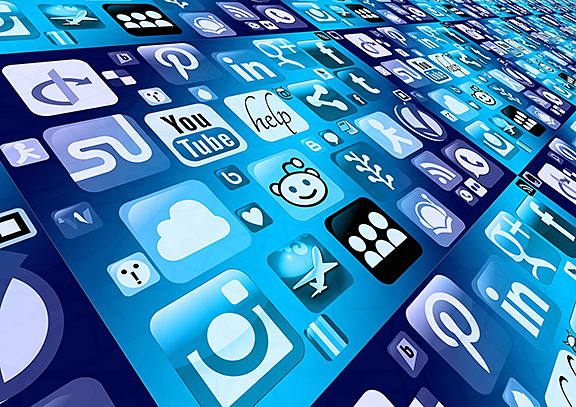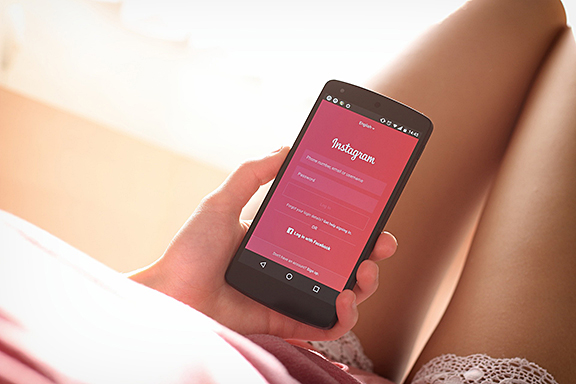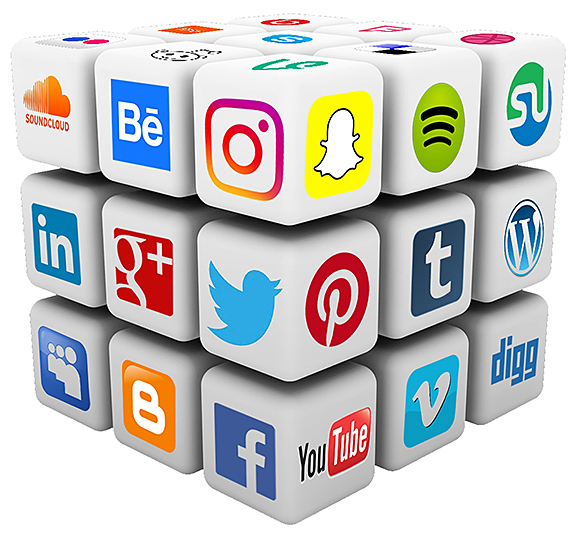Social Media Positioning
Who’s on first?
The old skit could take on new meaning if you applied the joke to which social media platform is the leader in opinion sharing, getting noticed, age prediction, shame-provoking, and political slant.
 I vaguely recall the early days of chat rooms and the thrill of “You’ve Got Mail!” when you’d log on – via modem – to AOL. And then there was MySpace, which started as a sort of fan-boy site for bands and quickly became image-driven pages full of silly commentary and photos.
I vaguely recall the early days of chat rooms and the thrill of “You’ve Got Mail!” when you’d log on – via modem – to AOL. And then there was MySpace, which started as a sort of fan-boy site for bands and quickly became image-driven pages full of silly commentary and photos.
Facebook soon became The Thing, and its roll-out was clever and then some. Known as “The Facebook,” it was only available to college students at certain select universities, and emulated the notorious books colleges published showing the graduation photos, name, hometown and high school of each crop of entering freshmen. The user-base was expanded bit by tantalizing bit until it became highly desirable to be “included,” which promotional position Google took when it launched Gmail, and cleverly made an @gmail.com address really cool. You had to be invited, and then wait your turn to get an address. Now most of us have one for each activity, business, or type of communication we want to conduct.
Initially, Facebook was a fun and interesting way to find old friends, stay in touch, and put photos and comments on a “wall,” sort of like graffiti with a little more class – and only eventually encouraged the Reddit-like discussion groups, likes, and news-sharing that drives much of its activity today. Approximately 70% of U.S. adults have at least some sort of Facebook presence these days, most of them checking in if not daily, then several times a week. As people began to use it more for communicating business and political ideas and promoting those spaces, Facebook began to, evidently, squelch some ideas and promote others. Today, groups and chats proliferate, but users run the risk of the Facebook equivalent of the YouTube “strike,” or going against Facebook’s terms and limitations, and having their posts demoted (shown to fewer users/followers).
Instagram was initially a photo-sharing platform, but soon evolved (or de-volved, depending on your position on such things) as an “influencer” space where not only photos but videos could be shared. It created comedy stars, clever pundits, and Insta-”models,” about which enough said. Instagram, owned by Facebook (or Meta) is at least nominally more geared toward performance, image and entertainment than the parent company, though now Facebook “Reels” and “Stories” are in a similar vein.
Pinterest, actually one of my favorite platforms, has remained at least somewhat “aesthetic” in that each user can create “boards,” which reflect an idea or area of interest, and then he or she “pins” pictures, memes, cartoons, or sayings, dedicated to that idea or interest. The more clever or inspiring, the more the user gets noticed and his or her work gets appreciated. It’s also the case that people can use the platform to sell products and services, by simply sharing and showcasing the work.
YouTube launched as a way to share video, and when it became clear that podcasts were here to stay – I remember pitching the idea of creating podcasts for clients for their internal and external marketing, but it was a little too early for that notion to be readily understood – “creators” soon got the idea that if a podcast was good, a video podcast was even better. Enter the TV show of the 2000s, as more and more people found it could be fun, interesting, and even profitable to create a channel, set up a small studio in the garage or attic, and start commenting on their favorite subjects.
Along came TikTok, and took that idea to whole… new, shall we say, depths. TikTok’s short format, as opposed to YouTube’s opportunity to talk at length, emphasized the clever, creative, and… often bare, with TikTok “models” becoming popular. OnlyFans has taken that idea and allowed paid interactions.
What was becoming abundantly clear by the 2010s was that “social media” was powerful. It was taking up huge amounts of time and evolving into a powerful influence, not to mention generating enormous amounts of money. Entire small empires cropped up, with like-minded “content creators” joining forces to share a channel, and eventually launch what amounted to broadcast channels, supported by advertising and direct subscription support, allowing users to purchase “merch,” and interact with popular hosts and personalities on live-streams – and as the channels gained power and reach, to step up and really become a challenge to broadcast news and commentary, with small armies of news-gatherers going out to report, gather information, research, and produce pieces for admittedly siloed audiences.
Lately, some of these small empires have branched out into not just books and longer documentary style pieces, but have added entertainment in the form of novels, comics, and even series and full-length movies geared toward their specific audiences. There are also “shows” not just for the politically inclined, but some truly fascinating and well-researched science, history, religious, and other niche interest group productions. Check out The Y Files (explore the unknown), The Metatron (history), History Hits, GetGermanized (a language channel) or Jacob’s Piano (learn to play the piano), among many others, and you’ll quickly discover that it’s not all political-cultural arguments.
But now to the elephant, or X, in the room. Twitter (now X) was, for many years – at least in my opinion – an also-ran platform. I remember signing up for an account because I was working with social media marketing and needed to know how to use each of the popular platforms. Its rigorous adherence to 140 characters and difficulty in generating much attention made me wonder how it could be used, but one event clarified that for me: an earthquake. Sitting in my office one afternoon, I felt the ground shifting. I thought that perhaps a semi was going by with a particularly big load, or had jumped a curb or something. I quickly realized that the movement wasn’t stopping – and I looked online for some information. Twitter was the source with the quickest and most concise answer. Because all the users had to do was type a few words quickly and the topic would instantly “trend” (anyone who searched on specific terms would get a response), the first reports of an earthquake with a nearby epicenter showed up first on Twitter.
And it wasn’t, in truth, too long after that that the platform became a favorite space for the fastest, most clever, most acerbic users to get noticed. Politics and cultural argumentation spiked – and then came the fun of watching, real-time, as high-profile users got into spats, rumors were floated, and political campaigns and disagreements were played out not behind the scenes but, at least as far as we could tell, in front of us. (Though how much of that is scripted one can only guess.)
Eventually, as Twitter began expanding its bans on users with whom it disagreed, users became disenchanted – all the fun was watching movie stars and political leaders sniping at one another. Enter Elon Musk and the purchase of the platform, the name-change to X, and the removal of the bans – and what’s next is anybody’s guess. But one thing is for certain, whatever anybody expected when MySpace was dominant, it wasn’t what has evolved, and what will come next in social media will likely be another surprise.
The one thing we can be (mostly) certain of: 80% or better of us will be watching, and, at least to some degree, participating.











